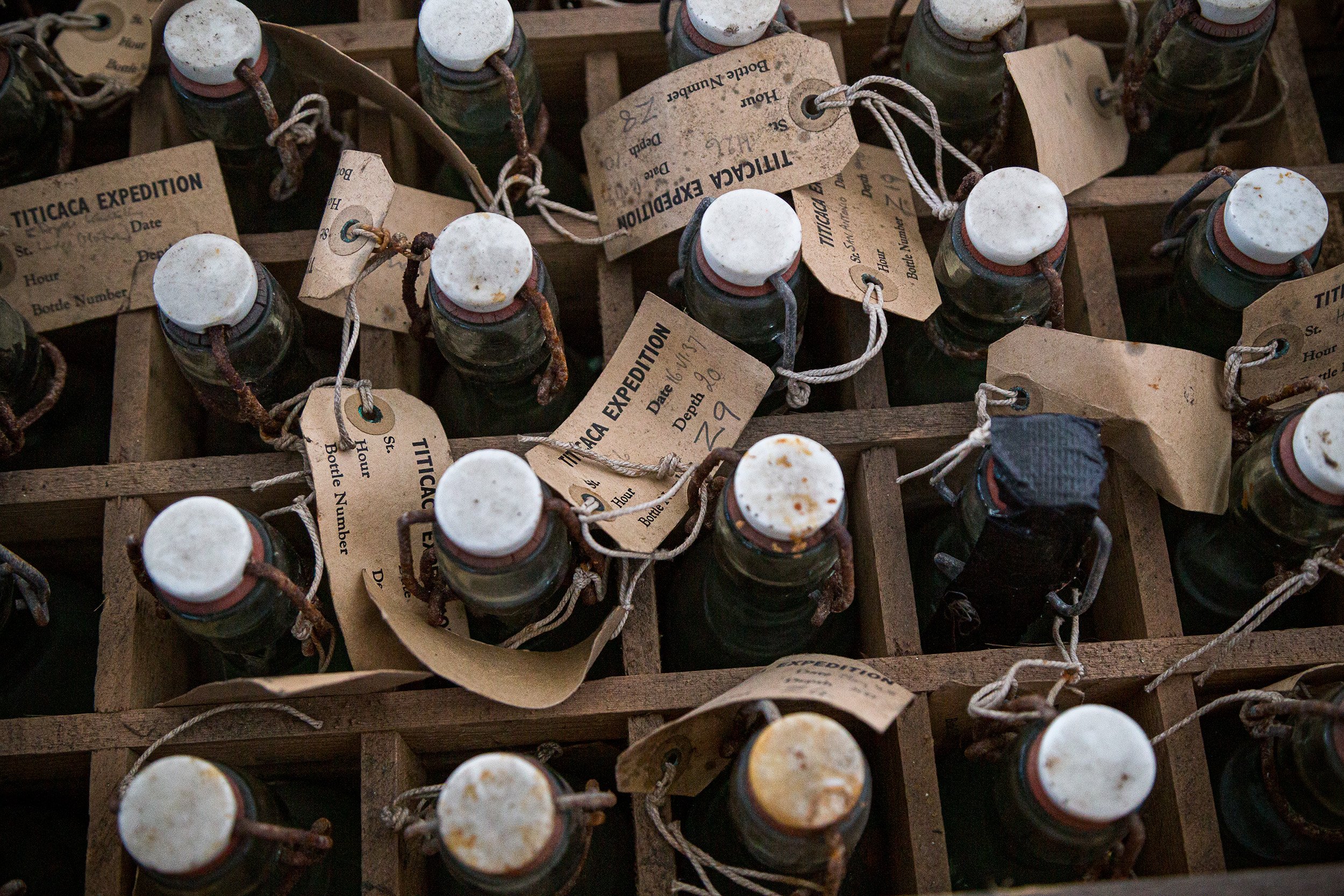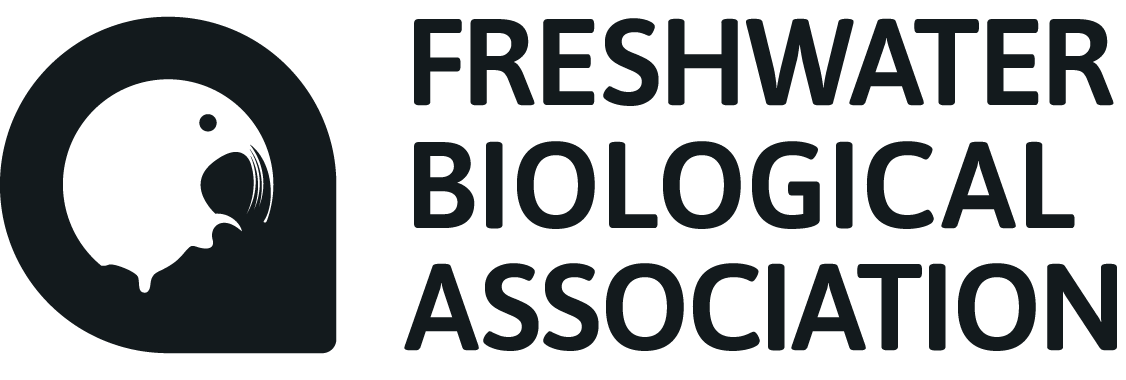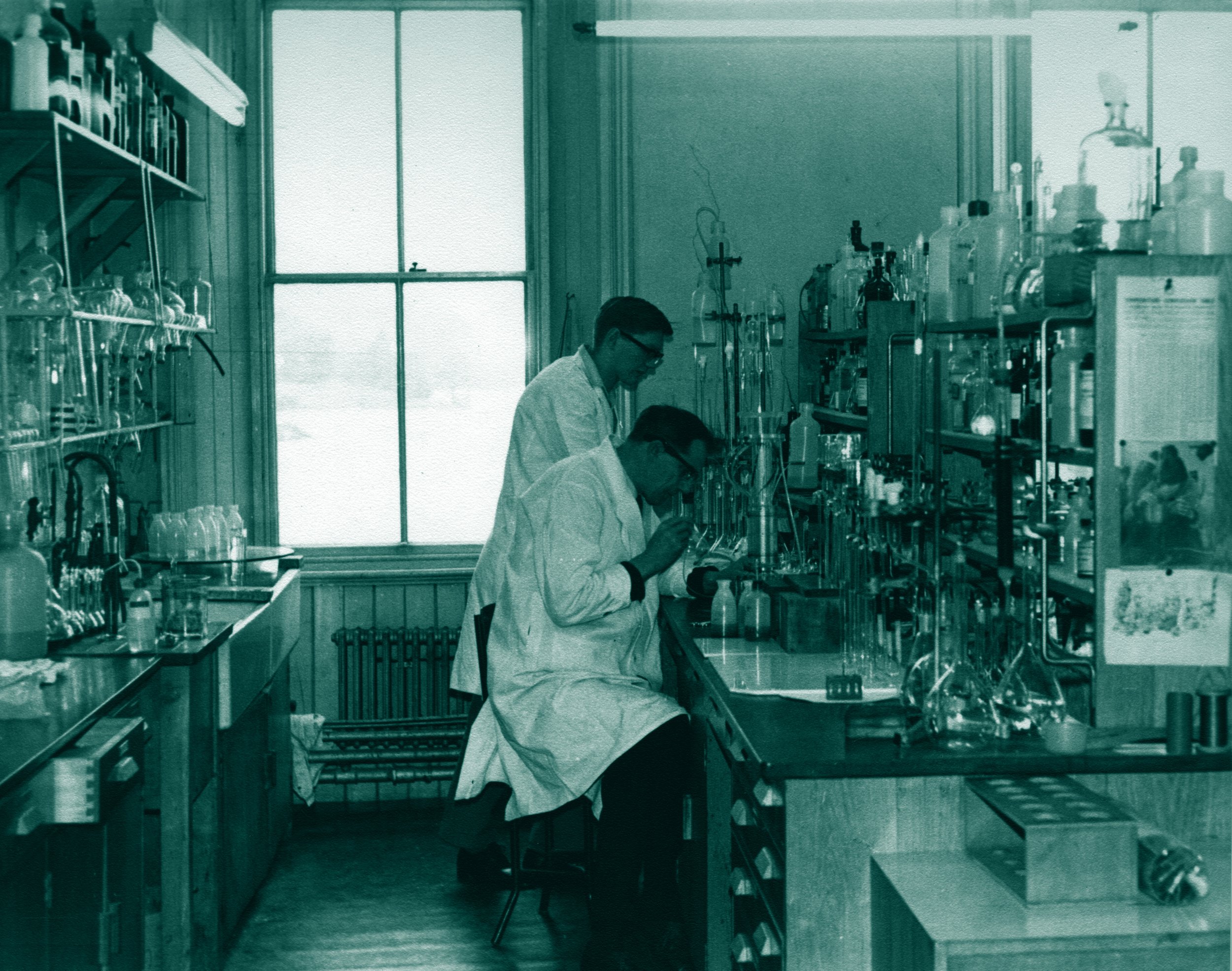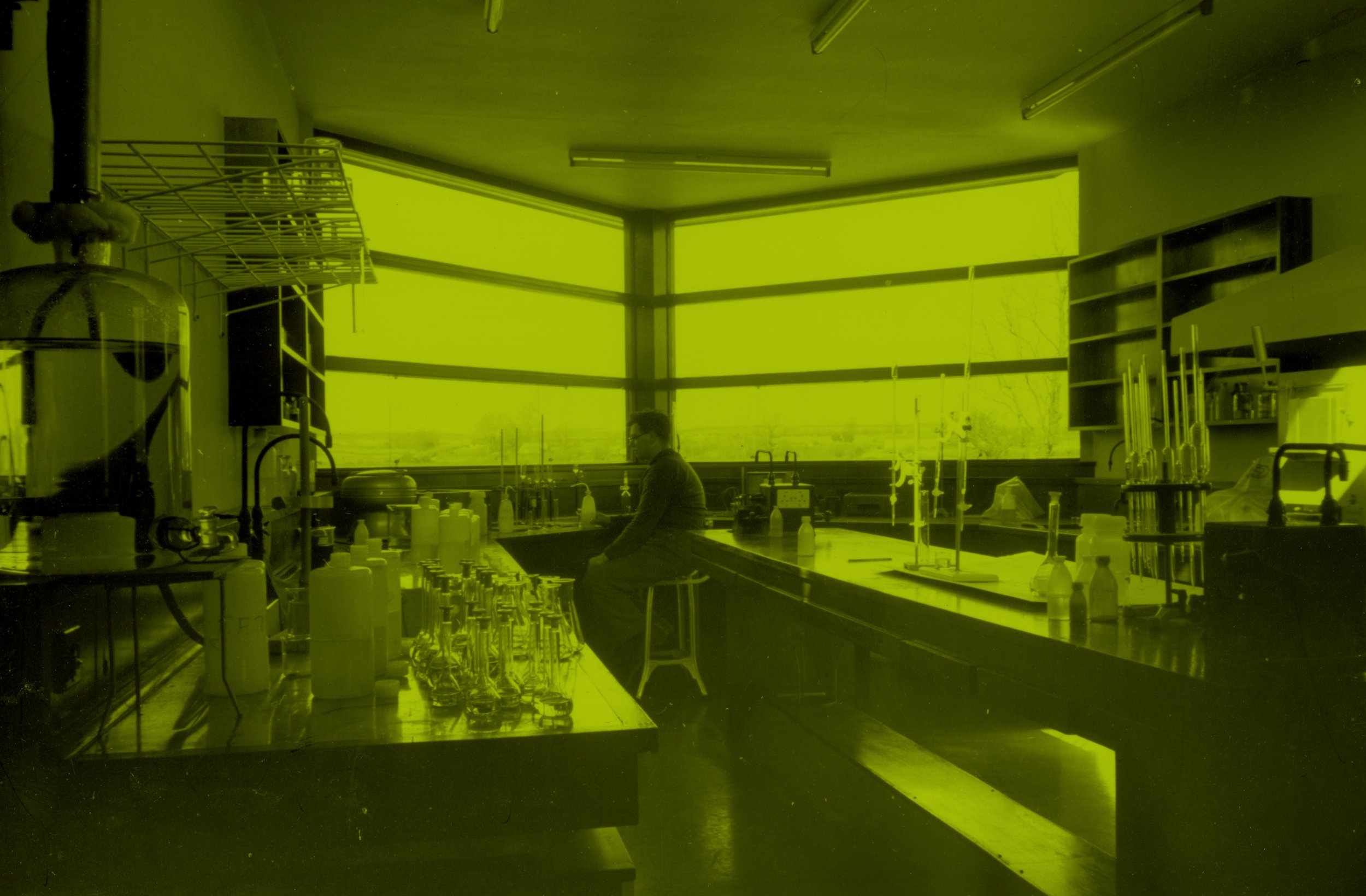
History of FBA
Research was a focus of the FBA from its inception until the 1970s, at which point it turned to the development of practical solutions to management issues in freshwater systems.
In the days of research, the FBA contemplated the freshwater environment from every angle; from microscopic algae, to macroinvertebrates, to fish communities, the deciphering of details of their lifestyle, abundance, behaviours, and the very essence of their physical and chemical environments were at the very forefront of the FBA’s work.
Some of the most revered freshwater scientists, such as T. T. Macan, Winifred Frost, E. D. Le Cren, W. Pennington, and John Lund, spent time conducting research at the FBA. Equally, in its current position as a freshwater management and information charity, the FBA has made vital contributions to both training and dissemination for academics, corporations and enthusiasts alike.
In biomonitoring, with the development of the River Invertebrate Prediction and Classification System (RIVPACS), the FBA has created a statistical model suitable for use in a multitude of habitats, useful for scientific professionals interested in the estimation of ecological health. In the continuation of our training courses, it is ensured that the ideals of our origins, based in research and education, are executed. In an effort to progress its conservation efforts, the Mussel Ark Project was started in 2007.
1929
The Freshwater Biological Association of the British Empire is established by J.T. Saunders and his father.
Born in 1929 out of the pioneering work on the lakes around Cumbria by W. H. Pearsall (chemistry and biology) and his father, and the support given by J. T. Saunders (zoology) and F. E. Fritsch (botany), the FBA was formed with the intention of studying the freshwaters of Britain.
1931
Being shortly after the Great War, a purpose-built laboratory was not an option, but thanks to the kind donations from the Fishmongers’ company, various universities and angling organisations, and a small government body grant, the Freshwater Biological Association of the British Empire (as it was previously named) was able to secure space at Wray Castle in Ambleside by 1931. Despite its state of disrepair, Wray Castle was a perfect place to start, with access to two major lakes (Windermere and Esthwaite) and several becks for research. It developed slowly at first, with staff designing their own apparatus, and introducing people to the world of freshwater science with the hugely popular ‘Easter Class’ from 1932 onwards.
1941
Trapping program of perch and pike originates a study of population dynamics that continues for years to come.
1949
The ‘Freshwater Biological Society of the British Empire’ faces a name change and simplifies to the ‘Freshwater Biological Society’.
Following the Second World War, the Association was able to expand rapidly. As a result of the hard work of its scientists and advisors, the FBA received the Einar Naumann Medal, an international accolade for its research in limnology.
1950
Due to the generosity of benefactors and further aid from government grants, the FBA staff was able to grow in numbers and acquire a new home at the Ferry House, with better access via the road and ferry. This also provided more room that allowed visiting students and scholars to carry out research with the Association.
In 1957, the decision was made to expand further, and a site on the bank of the River Frome was purchased.
1963
By 1963 the FBA’s River Laboratory in East Stoke, Dorset was opened, allowing the Association to become more accessible and affording it the ability to take advantage of nearby freshwater sites for examination. It was around this time that the FBA became one of the first scientific establishments to collect and study sediment cores of the lakes of the United Kingdom.
In 1964 regular analysis of chalk streams by H.C. Casey begun.
1970
In 1970, 'Lund Tubes' were developed for use in a large scale planktonic study, and acted as a standout new approach towards freshwater research and data collection.
1973
The construction of the Pearsall Building at Windermere is completed.
In 1973 the River Lab installed a sophisticated piece of equipment that allowed for the collection of salmon migration data. This counter is now part of a wider network of fish monitoring sensors deployed across the River Frome system by the Game and Wildlife Conservation Trust. These devices combine to give exceptional data of fish migration through the River Frome system and make the River Frome long term Salmon dataset one of the most comprehensive records of salmon migration in England and Wales.
1977
Development of the influential River Invertebrate Prediction and Classification System (RIVPACs) begins.
2005
The Ferry House becomes a stylish apartment complex.
2007
The Mussel Ark Project begins. This successful captive breeding program was developed with the aim to halt the decline of the species in the wild through targeted restoration and increase numbers of wild individuals through captive rearing and reintroductions. Currently, the project is in its twelfth year of operation.
2019
First mussels born in Ark are found to be reproductively viable after producing their own glochidia at 11 years of age.
2021
The Freshwater Biological Association moves to its new Windermere office, teaching laboratory and conference room. FBA sees the appointment of new Executive Director, Simon Johnson.
2022
Development of innovative freshwater citizen science programs including the Big Windermere Survey and the commencement of the five year ‘Life R4ever Kent’ species recovery and habitat restoration project on the River Kent.















